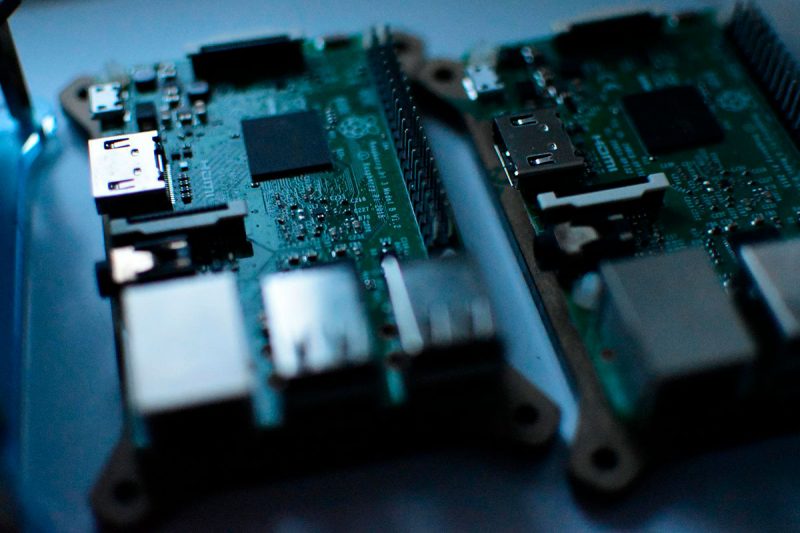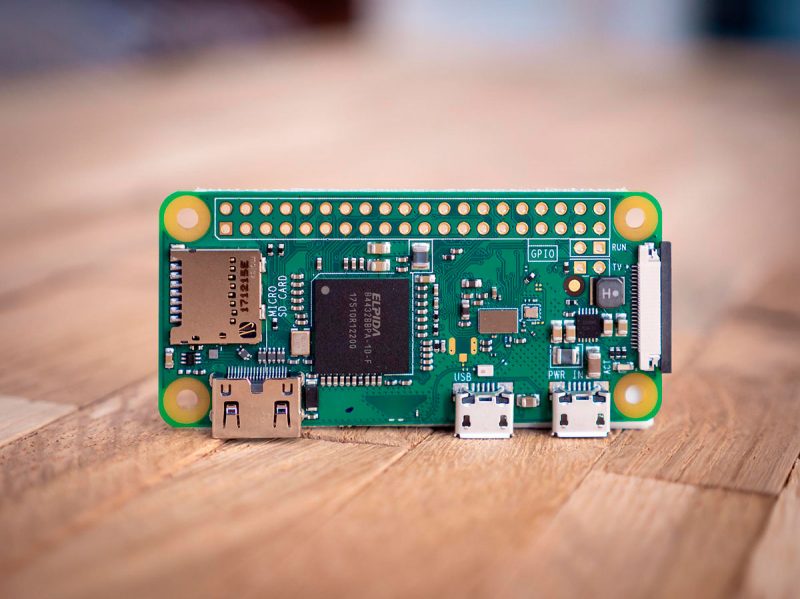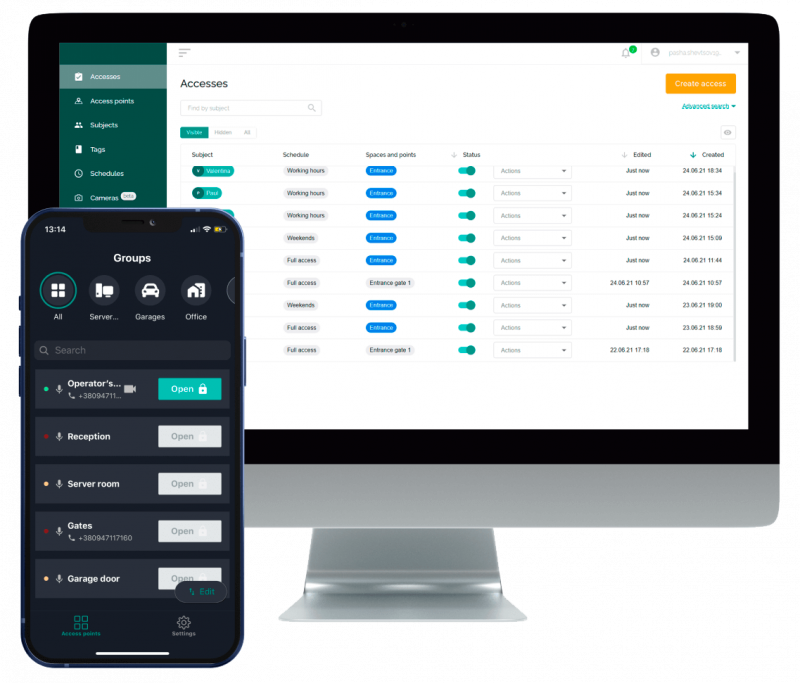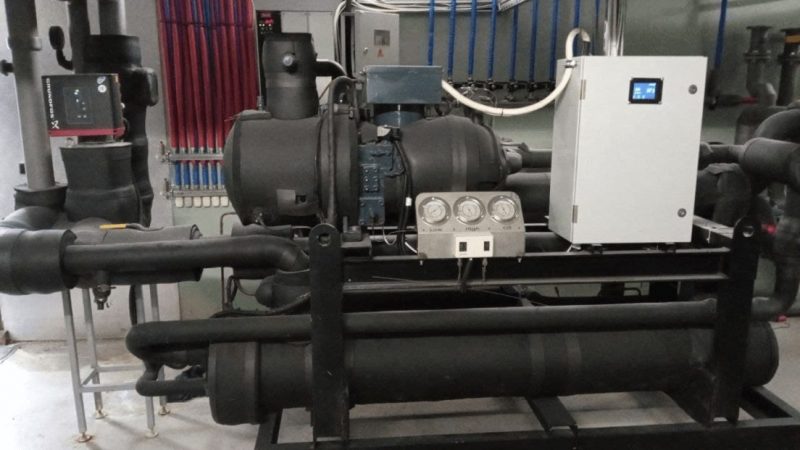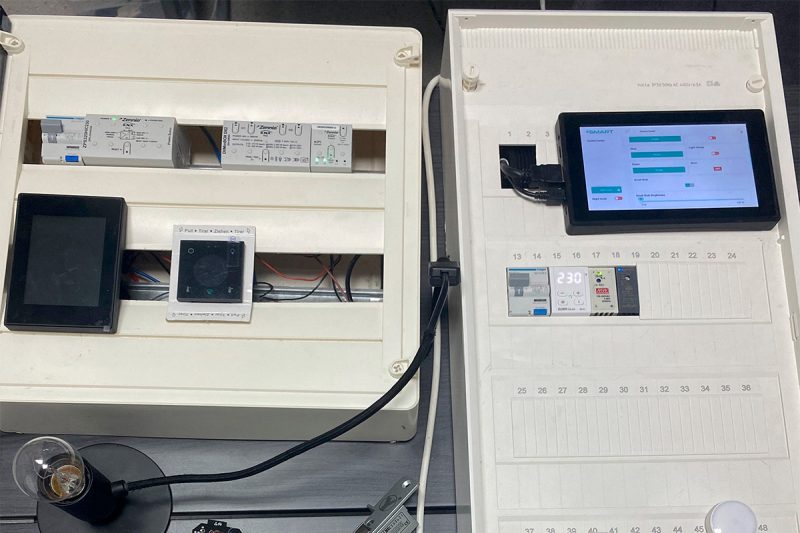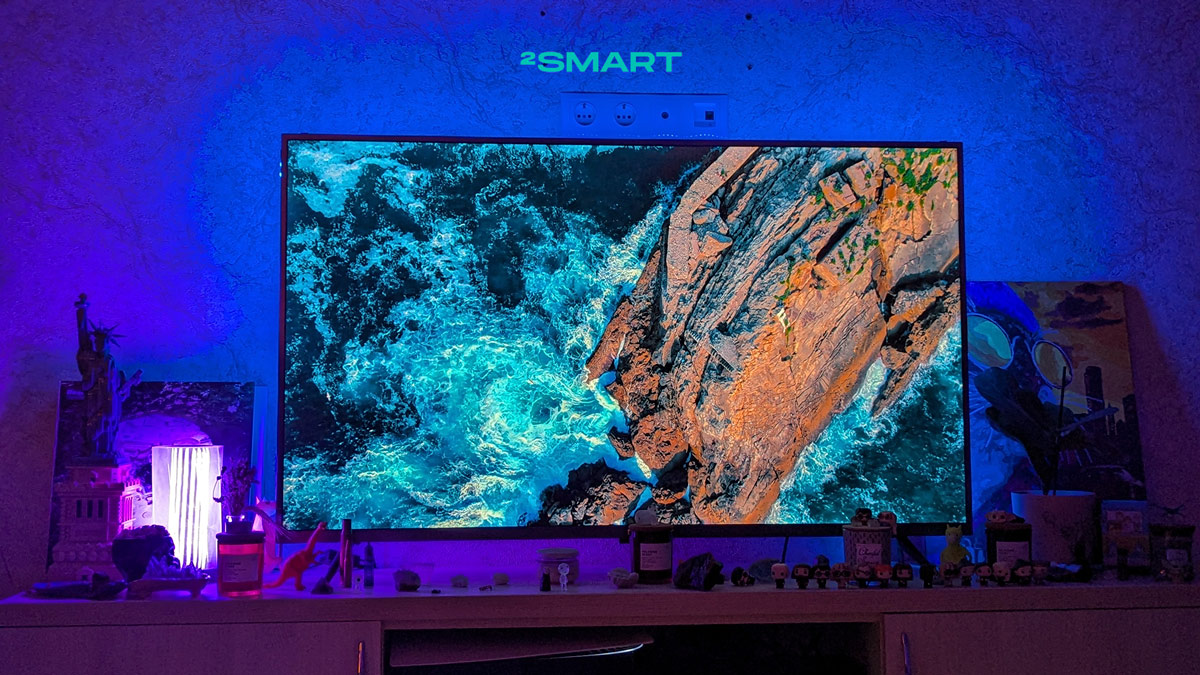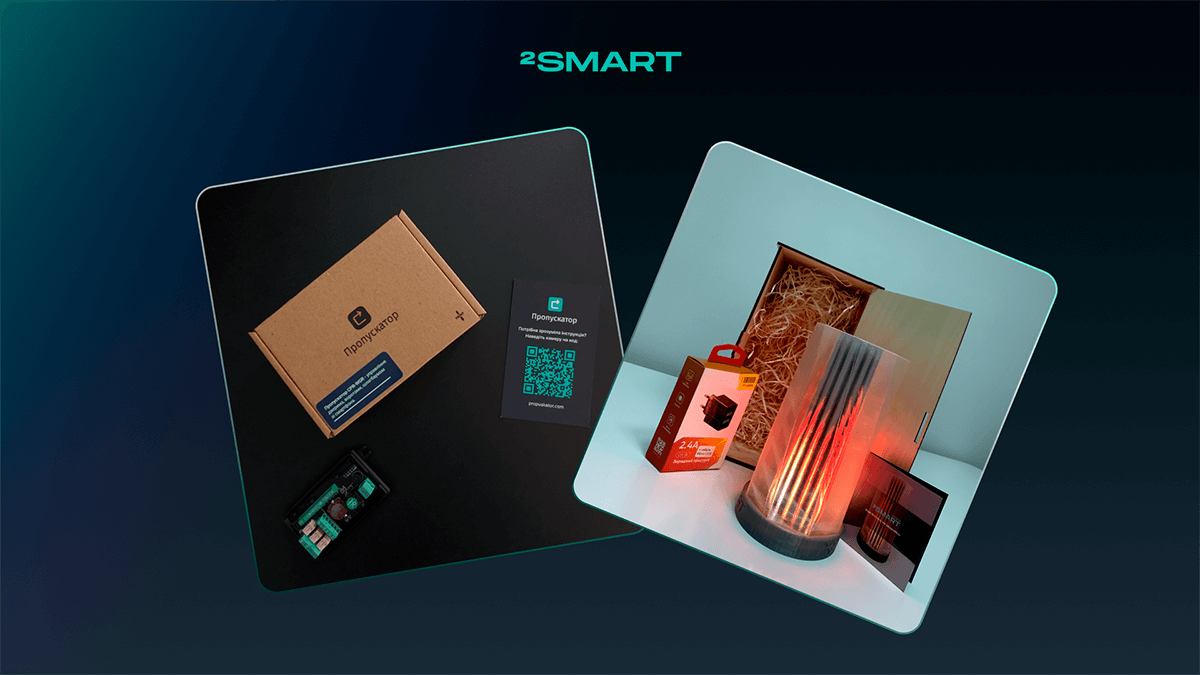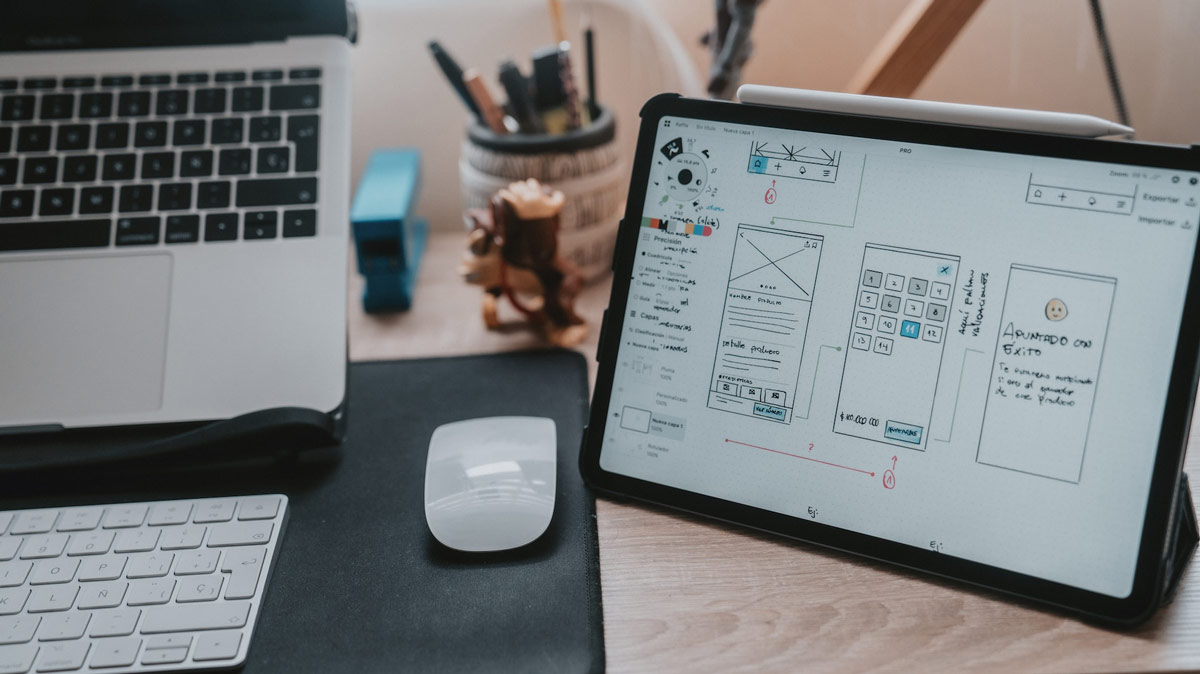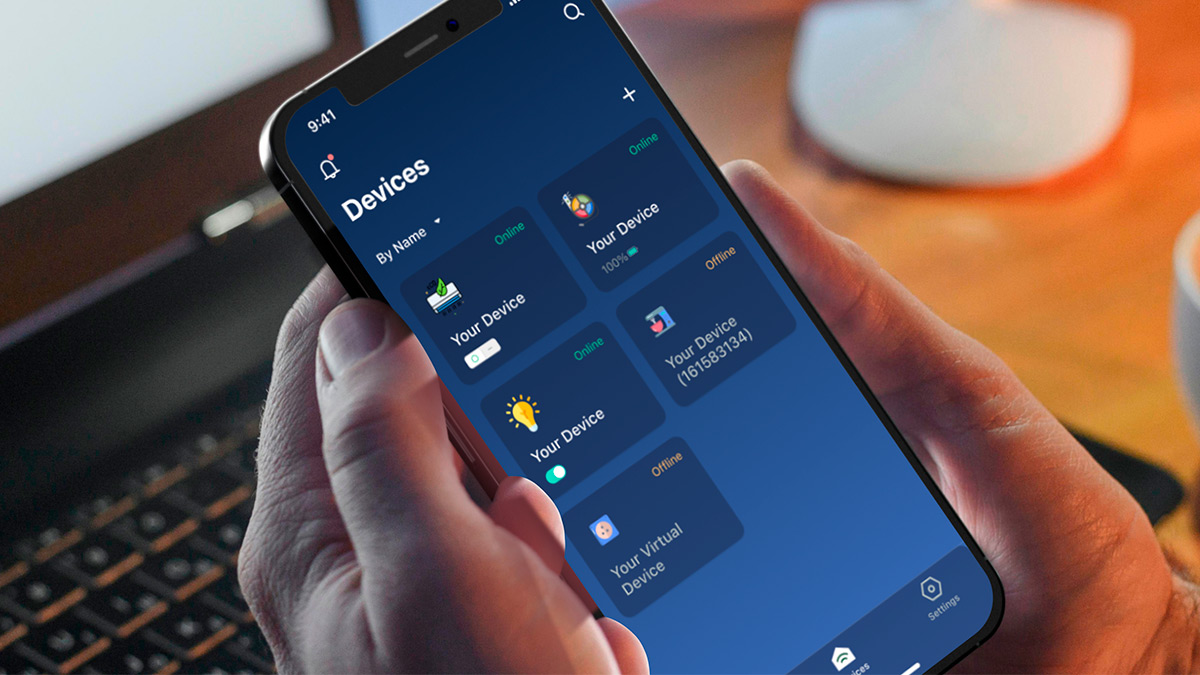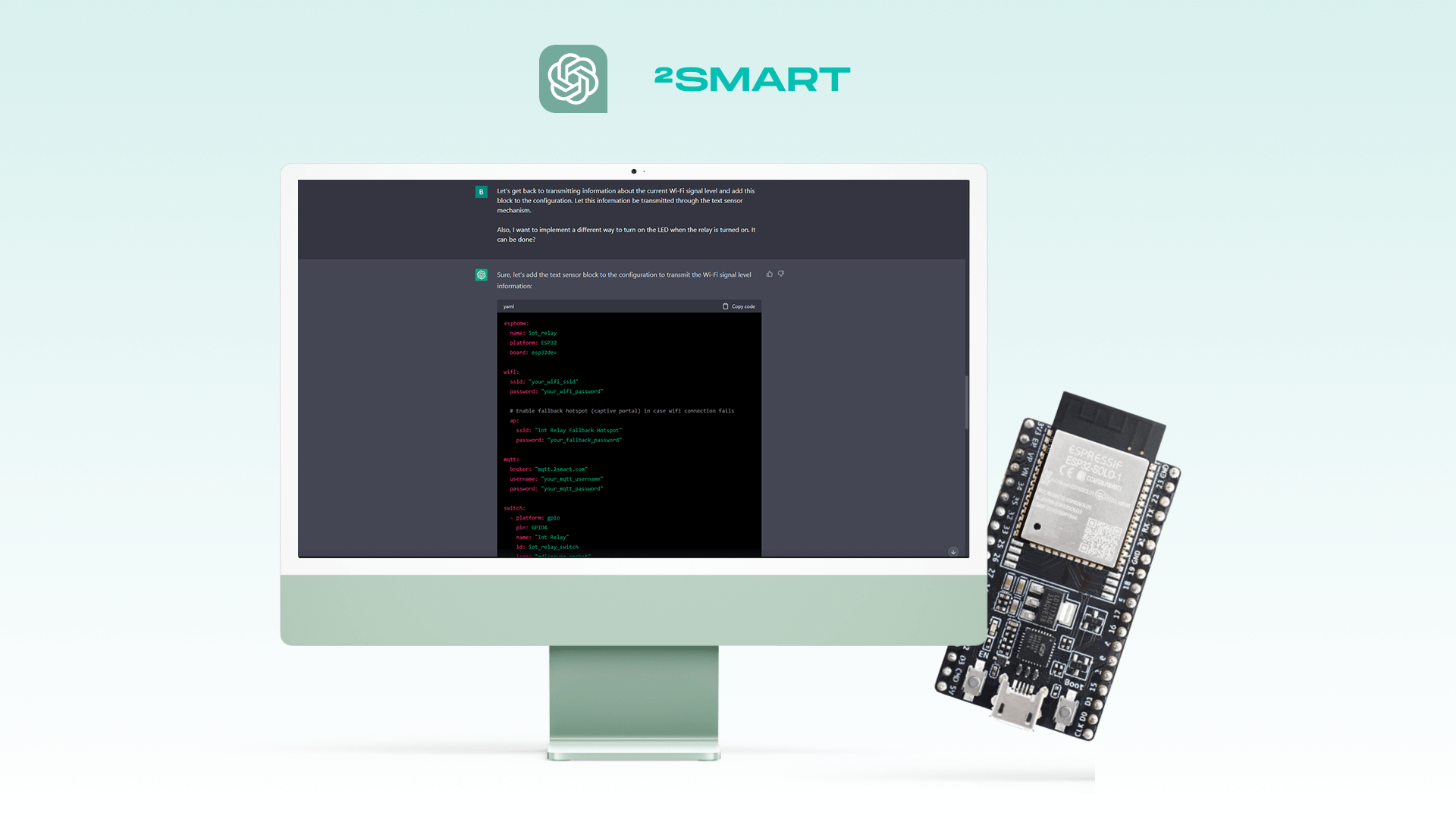Table of contents:
IoT devices are all hardware that can be programmed to communicate with other devices or web services without direct human intervention. Since all the projects in the IoT industry are unique, their owners often have to look for a team of specialists to create such equipment on a turnkey basis. Below, we will tell you what to consider when building an IoT business and describe successful cases of starting an IoT startup.
How to Start an IoT Business: 10 Things to Consider
Before starting to create an IoT business, an entrepreneur should study in detail all the aspects that need to be considered when developing IoT devices.
Competition
If your product is intended for a large target audience, it’s essential to analyze competitive solutions before you start to develop devices and launch an IoT startup. So you can avoid duplication of functionality, take into account the mistakes of already launched solutions, and, in the end, make your project better and better than competitors.
Needs of end users
The target audience’s needs can change dramatically over time and under the influence of “sudden” trends. For example, the COVID-19 pandemic has significantly altered the usual processes in the healthcare sector, transforming many services into the remote format. Think about it when you start a business in the IoT industry. Maybe you can also provide a symbiosis for your product with something extra relevant to the present time.
Potential to use existing IT infrastructure
If your project is being created to integrate with existing IT infrastructure, consider that you can use it more than you initially thought. In particular, the devices it includes can also become part of new IoT systems and act as IoT hardware, collecting and processing data in the same way as devices specially designed for this purpose.
Prospects for creating a scalable platform
When building an IoT startup, carefully analyze the prospects for developing your project. Perhaps in the next few years, it may require scaling. It refers to your business’s ability to handle increased demand, workload, and user activity while maintaining performance, reliability, and efficiency. This factor must certainly be taken into account in its initial IoT development process. Otherwise, when expanding or improving your IoT solution, you will have to redesign it and build an IoT device from scratch again.
Scalability is an ongoing process that requires regular evaluation and adjustment as your business grows. By designing your IoT solution with scalability in mind, you position your business to thrive in a competitive and dynamic industry landscape.
If you are interested in building an IoT device, you will need the help of IoT developers. Our team provides such services. Whether you need to integrate a new product seamlessly with your existing digital infrastructure, create an architecture that can scale further, or beat the competition, we’ll get it right. Contact us to discuss your project in detail and estimate its budget.
Monetization strategy
Developing a strong monetization strategy is essential for generating revenue and ensuring the financial sustainability of your IoT business. Your strategy should align with your product offerings, target audience, and overall business goals. Here’s a deeper look at the various monetization strategies for an IoT business:
- One-Time Purchase. Customers pay a single upfront fee to acquire your IoT product or solution.
- Subscription. Charge customers on a recurring basis (monthly, yearly) for access to your IoT services, updates, and support.
- Freemium. Offer a basic version of your IoT solution for free, with the option for customers to upgrade to a premium version with enhanced features.
- Pay-as-You-Go. Charge customers based on their usage of your IoT services, such as data consumption or device activations.
Your monetization strategy should be dynamic and adaptable, allowing you to pivot as the market evolves and your business grows. Regularly evaluate the marketing performance of your strategy and make adjustments as necessary to meet changing customer needs and market conditions.
Long-term business goals
Do you know what your project will be like in a year, five years, or ten years? It’s very important to understand from the very beginning of the custom IoT product development process: will your investment pay off years later? Will your project still be relevant? Can the project deployment help you reach new business heights? Answers to all of the above questions will give you a much more global view of your project and its demand for long-term time distances.
The adaptiveness of the product to changing trends
Trends can arise both suddenly (as in the case of the aforementioned COVID-19 pandemic) and naturally, as the previous ones become obsolete. Be that as it may, your IoT solution should have an advanced technology stack and be flexible enough to have opportunities to be upgraded to the new needs and desires of users with minimal investment and time costs.
Consider how this can be implemented when you develop IoT hardware devices. Perhaps you will be helped by the integration of artificial intelligence and/or machine learning technologies, which will take over the reorientation of business logic, as well as Data Fabric technology, which will help to connect disparate data sources within your IoT cloud platform, no matter how many they are.
Degree of interaction with the IT team
Decide how closely you are willing to work with your development team. Will it be a project for years, or is it a collaboration for just one IoT development life cycle? Do you have your own IT department that needs to collaborate with the new team to be also engaged in developing IoT devices? After you choose the optimal cooperation model for yourself, you will have a more accurate idea of what your contractors should be.
Data security and privacy
Data security and privacy are paramount considerations in the IoT industry due to the sensitive and personal nature of the data collected and transmitted by IoT devices. Failing to adequately address these concerns can lead to breaches, regulatory violations, and a loss of user trust.
Moreover, if you plan to deploy an enterprise IoT solution, security and privacy violations can cause even more significant financial and reputational damage. And in the event of hacking the Internet of Things infrastructure at an enterprise, attackers can launch irreversible processes that can lead to a man-made disaster.
Budget
And finally, a few words about the IoT product development budget and cost to make production of IoT devices. If it’s limited, this doesn’t mean that you have to put up with the low quality of the implementation of your product. Instead, you can turn to the services of outsourcing IoT hardware companies. In this case, you will be offered a more reasonable price, because, in the local IT market, IoT devices development services can cost less than in your country.
Let’s collaborate
We’re empower your business with our technology expertise
How 2Smart Can Help with Launching an IoT Startup
Want to create a new IoT device for the existing project or build an IoT business from scratch? Let’s find out how our IoT hardware platform can help you.
2Smart is an IoT development platform that allows you to create a custom IoT product design and firmware using a ready-made library from basic solutions. Also, this project helps to launch the finished product on the market and establish communications with users.
Using the 2Smart constructor with an intuitive graphical interface, you can build your first IoT device with a perfect IoT UI/UX design in just half an hour without a microcontroller and knowledge of programming languages. For this, you can use our knowledge base. With the 2Smart platform, you can also create updates and even change the firmware.
2Smart solves all issues and challenges related to testing. In particular, there is a special environment where you can optimize your product if it doesn’t meet the technical specifications drawn up in advance. With the 2Smart platform, you can learn how to monetize your product.
The 2Smart Business Platform, which is also available as a white-label solution, will allow you to unite the entire IoT infrastructure of an enterprise in a single control center. The platform’s capabilities are comprehensive enough to connect your subsidiaries or partners, sharing access to the IoT equipment between companies and users. You can also flexibly set up roles for users, granting them only those permissions for actions in the system that are sufficient for them.
When developing a business platform, we considered the need for scaling, which not all entrepreneurs who plan to start an IoT business are aware of. Our tool is ready for all the challenges associated with the growth of the fleet of connected devices and the amount of data they transmit.
You can find out more about these solutions on our website. Below, we propose to consider several case studies that were implemented through our platform.
Custom ACS development
One of our clients was a cottage business owner who needed a custom ACS to organize access control for staff and residents.
In particular, it was required to create a compact Plug and Play controller for controlling electric locks and electric drives. The client also needed a scalable cloud access control system with the ability to work on isolated servers and a web interface to configure cloud access control.
For the prototype, an ESP32 with a built-in Wi-Fi module was chosen. As for the firmware, our specialists picked Arduino IDE instead of the native one. This approach was due to the simpler testing procedure inherent in the Arduino IDE.
As a result, after five months of productive work and using the complete IoT development stack, we launched compact ACS controllers with wireless data transmission along with a web application for administering access control to the system. Three months later, the product became commercial, and the customer launched mass production of controllers.
Thus, the private task that the 2Smart customer faced in everyday life became the reason for him to establish an IoT company for the production and sale of IoT controllers and access control system software.
Industrial heat pump enhancement
One of our clients asked us to develop a user-friendly interface for the remote configuration of heat pumps. The client also needed tools for remote collection and storage of telemetry data.
At the time of contacting us, there was already a working product on the market, which, however, was quite difficult to use. Users had to visit the technical room where the installed heat pump to change the device settings. Since orientation to users is one of the critical success factors in the IoT business development process, this inconvenience had to be eliminated. That is why we decided to connect heat pumps to 2Smart Cloud after talking with the client.
As a result, the functionality of the existing solution was extended with the tools needed for remote connection to heat pumps, data collection, and integration of these devices with a mobile application to manage their functionality.
Thus, the client achieved the business goals with minimal time and financial costs, improving the functionality of an existing product, simplifying its firmware using our documentation and SDK, and reducing support and maintenance costs.
Deployment of a universal cloud platform to manage a chain of EV charging stations
An enterprise manufacturer and supplier of EV charging stations from Eastern Europe, MyBox, contacted us to implement a platform to manage and support their devices. The company provides in-depth expertise in industrial electrical equipment. But to deliver the market-ready product, they needed backend cloud infrastructure for operators and support teams, with mobile applications for end-users. That is a full-fledged cloud platform for EV charging management.
Focusing on the needs of MyBox and our own experience gained in other projects of the WebbyLab family, which includes 2Smart, we have developed a universal solution. It became the 2Smart Business Platform, which has the following main features:
- managing multiple companies within a tree structure where connected companies can connect their subsidiaries to the system,
- connection and management of device fleets of all companies,
- adding users to the system
- flexible configuration of user roles in the system – from the end user to the Super Admin – using the permissions list,
- a system of requests to perform sensitive actions in the system only after the approval of Super Admins,
- IoT device monitoring platform based on the Grafana web application,
- built-in and custom reports on device operation.
The 2Smart Business Platform helped the MyBox team to start an IoT company and enter the electric charger market. The company can remotely maintain their devices and receive telemetry from them. Users and technical specialists utilize the white-label mobile application to interact with equipment. At the same time, the 2Smart solution allows admins to customize the application interface so that users with different roles have access to a different set of widgets. Therefore, when using the same mobile application, a technician or administrator can have many more options than an ordinary user.
Smart greenhouse based on the 2Smart open-source automation platform
Another example of a business process in IoT is a smart greenhouse deployed for our customer based on the open-source 2Smart Standalone automation platform, which makes it possible to implement local IoT device management.
The greenhouse design provides temperature and humidity sensors in the air and soil, as well as the level of carbon dioxide in the air. This data is gathered and analyzed by the platform.
Controlled devices for artificial lighting, watering, and fertilizer supply are also connected to a computer with a deployed automation platform. This allows the solution’s customer to use advanced automation scenarios, including custom ones, to obtain an excellent yield of cultivated crops.
The 2Smart Standalone platform is designed to be used in any business environment, including industrial or agricultural. It makes it possible to provide a complete IoT working process, which includes collecting data, processing it, transmitting it, analyzing it, taking action, and refining and improving the system based on feedback.
In addition, this platform meets our vision of the future of IoT in consumer electronics, as it can be used to deploy an advanced smart home.
Conclusion
IoT-based solutions, being a set of devices with sensors that can collect and send information, solve various problems with the help of special software, and be managed remotely and centrally, always have to be “sharpened” for each project individually.
If you are going to build an IoT startup, it is so important to find for your project not just specialists who will build Internet of Things devices but those who will take into account absolutely all the aspects that we have listed above. Only in this way will you be able to ensure the maximum return on your financial investment and achieve long-term business goals. If you are looking for IoT device development experts, just be confident: you have already found them. Contact us in any convenient way to discuss your idea of using IoT devices in business and find out more details about building IoT devices.
FAQ
Now, we propose to find out the most frequent questions that may arise when developing an Internet of Things product.
How to start an IoT startup?
To start an IoT startup, you should first identify a specific problem or need in a target industry. Conduct thorough market research, engage with potential users, and develop a unique value proposition. Create a prototype to showcase your IoT solution’s feasibility, secure funding, build a skilled team, and prioritize data privacy and security. Pilot-test your product, gather feedback and refine it as you gradually scale up production and marketing efforts. Success in IoT startups requires innovation, market understanding, and persistence.
Which examples of IoT devices can I use in my project?
It all depends on what your IoT application will be used for. For example, you can use sensors, lights, alarms, heart rate monitors, pedometers, respiration rate trackers, movement trackers, and so on. To understand what devices your project needs, it’s better for you to contact the experts.
How to create an IoT device solution?
To build an IoT device solution, you need to figure out three aspects: what kind of hardware will be in your project, what communication protocols will be involved, and what cloud IoT platform will be chosen as the basis.
What are the peculiarities of IoT product development?
Unlike traditional software development, you also have to create IoT devices in this case. In addition, such hardware often has a much more primitive design than PCs and mobile devices, requiring a special IoT approach to all IoT product development stages.
Don't forget to share this post!
Read Next
Let’s dive into your case
Share with us your business idea and expectations about the software or additional services.

